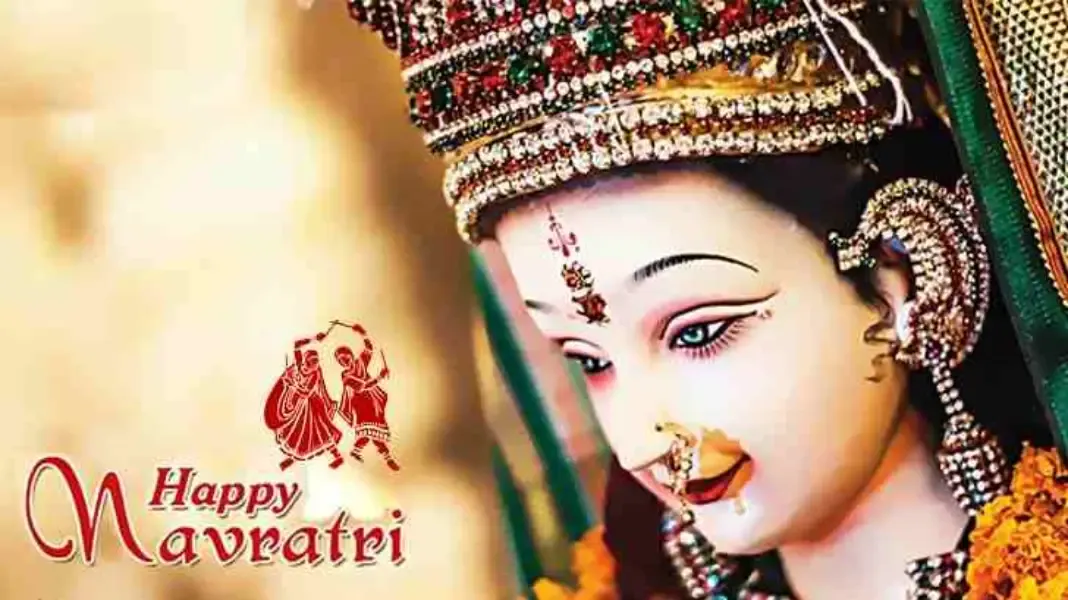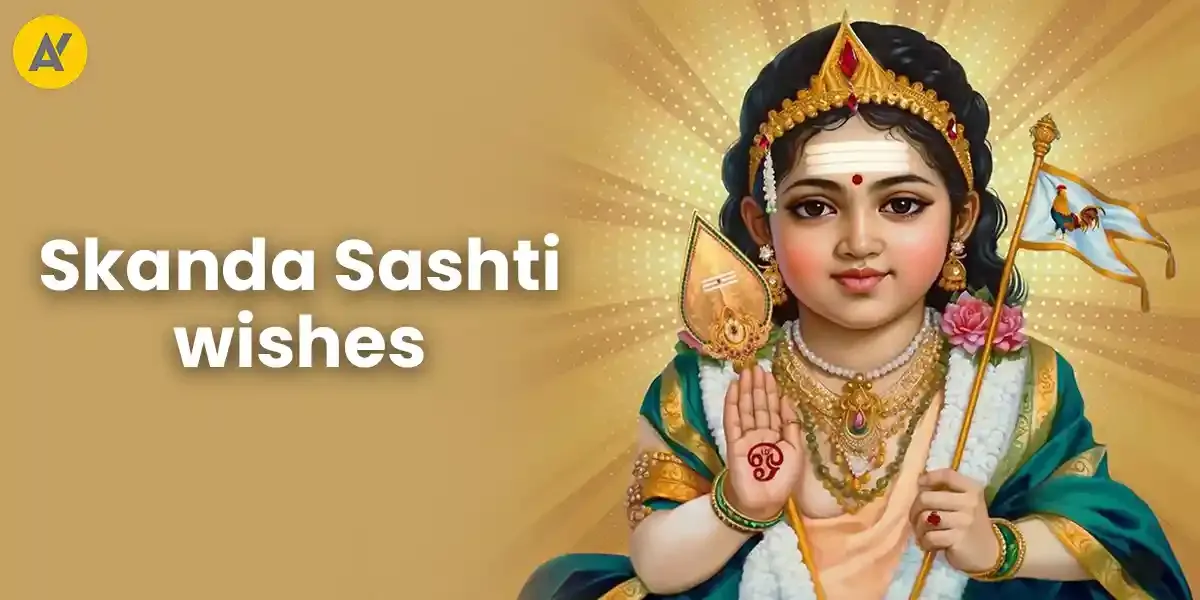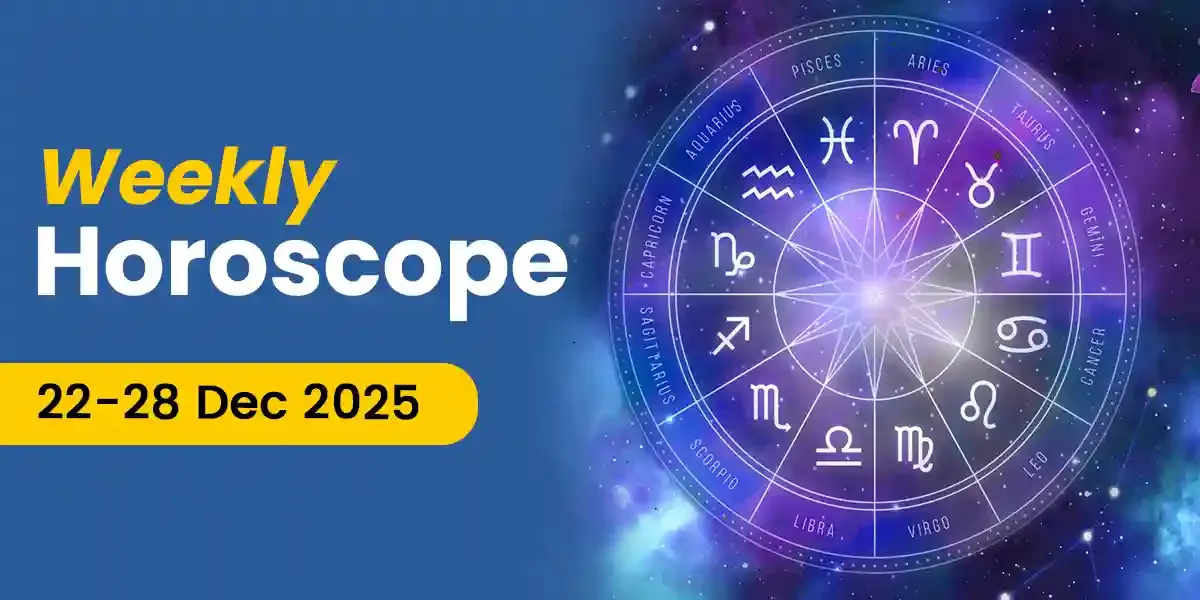
A land of myriad cultures, India is a land of festivals. Amongst the many festivals that are celebrated in India, Navratri holds a prominent place. Navratri is a nine-day long, pious festival that is celebrated all over India. Observers of this auspicious occasion believe that the Sharad Navratri is the most important one.
Shardiya Navratri 2024 Dates and Time
This year, Sharad Navratri 2024 will begin on Thursday, October 3, 2024, and will conclude with the grand celebration of Vijayadashami on Saturday, October 12, 2024. Navratri, a festival dedicated to the worship of Goddess Durga, starts with one of the most important rituals, Kalash Sthapana (Ghatasthapana). This ritual is a sacred invocation, symbolizing the establishment of divine energy in the home.
Kalash Sthapana Samagri (Items Needed for Kalash Sthapana)
To perform Kalash Sthapana during Navratri, the following items are required:
A clean brass, copper, or clay pot filled with holy water (preferably from a river or Ganga Jal)
Fresh mango leaves or Ashoka leaves
A coconut wrapped in a red cloth or Kalava (holy thread)
Unbroken rice grains (Akshat)
Turmeric, sandalwood, and coins for prosperity
Red flowers, a betel nut, and a clay dish for planting barley seeds (Jau)
Soil for planting the barley seeds
These items are arranged with great devotion. The Kalash is placed on a bed of soil and barley seeds, which symbolize growth and abundance during Navratri.
The Kalash is positioned in the prayer room or at the altar, and a diya (lamp) is lit and kept burning for all nine days of the festival. This ritual invites the blessings of Goddess Durga into the home, setting the spiritual tone for the nine days of fasting, devotion, and celebration that follow.
Given below are the important Shardiya Navratri dates and times that you should know about.
Ghatasthapana (Pratipada Tithi): 3rd October 2024
Ghatasthapana Auspicious Timing: 06:15 AM to 07:22 AM Time Duration: 01 Hour, 06 Mins
Ghatasthapana Abhijit Muhurat (Auspicious Timing): 11:46 AM to 12:33 PM (00 Hours, 47 Mins)
Kanya Lagna Starts - 06:15 AM to 07:22 AM on Oct 3, 2024
List of Shardiya Navratri 2024
During the Sharad Navratri 2024 festival, devotees will worship the nine forms of Goddess Durga: on October 3, Goddess Shailputri; on October 4, Goddess Brahmacharini; on October 5, Goddess Chandraghanta; on October 6, Goddess Kushmanda; on October 7, Goddess Skandamata; on October 8, Goddess Katyayani; on October 9, Goddess Kalratri; on October 10, Goddess Maha Gauri; on October 11, Goddess Siddhidatri; culminating in the celebration of Vijayadashami (Dussehra) with Durga Visarjan on October 12.
3rd October 2024 - Pratham: Worshipping of Goddess Shailputri
4th October 2024 - Dwitiya: Worshipping of Goddess Brahmacharini
5th October 2024 - Tritiya: Worshipping of Goddess Chandraghanta
6th October 2024 - Chaturthi: Worshipping of Goddess Kushmanda
7th October 2024 - Panchami: Worshipping of Goddess Skandamata
8th October 2024 - Shashti: Worshipping of Goddess Katyayani
9th October 2024 - Saptami: Worshipping of Goddess Kalratri
10th October 2024 - Ashtami: Worshipping of Goddess Maha Gauri
11th October 2024- Navami: Worshipping of Goddess Siddhidatri
12th October 2024- Vijaya dashami (Dussehra): Durga Visarjan
Explore More 👉 ➔ Today’s Panchang | What is today in Hindu calendar?
Shardiya Navratri Significance And Importance
Navratri is a Hindu festival to worship the nine avatars or manifestations of Goddess Durga, also known as Shakti or Devi. This festival is once celebrated during spring as Chaitra Navratri and autumn as Sharad Navratri. Sharad Navratri is observed during the month of Ashwin, which typically falls in September or October. The festival begins on the first day (Pratipada) of the bright lunar fortnight in the month of Ashwin. This Navratri is immensely popular and is considered significant, which is why it is also known as ‘Maha Navratri’.
The word ‘Navratri’ means ‘nine nights’ in Sanskrit. The term ‘nava’ means ‘nine’, and ‘ratri’ means ‘night’. The nine days are devoted to worship Goddess Durga, wherein different manifestations of the divine Goddess are worshipped every day. Navratri is dedicated to Goddess Durga, who the devotees believe is an epitome of Shakti or the cosmic energy. This is why Goddess Durga is worshipped with utmost reverence as the deity of wisdom and power during this period.
The festival of Navratri can be seen as a symbolic celebration of the battle of good and evil, wherein the good triumphs over the evil on the tenth day. We celebrate this day as Dussehra.
The Nine Avatars of Goddess Durga
During the festival of Navratri, for nine nights, devotees observe this auspicious festival with utmost reverence, devotion, and prayers. Devotees celebrate Navratri in their homes or the temples. In this auspicious festival, the nine different manifestations of Goddess Durga are worshipped. Each day is dedicated to one avatar or manifestation of the divine Goddess Durga. Each form of Goddess Durga is known to symbolise and exemplify a distinctive virtue. Devotees believe that every manifestation of Goddess Durga is believed to grant abundance and spiritual fulfilment.
Shardiya Navratri Rituals
As mentioned earlier, during Navratri, the nine forms of Goddess Durga or Goddess Shakti are worshipped on nine different days. Each day a specific Prasad is offered to Navadurga to please her and to get her blessings.
On the first day of Navratri, Ghatasthapana, also known as Kalash Sthapana, is performed. It is one of the most crucial rituals performed by the devotees. Ghatasthapana is done as an invocation of the divine Goddess Shakti. In this ritual, a Kalash or pot or urn is filled with holy water and placed for doing Puja.
Devotees also light the Akhand Jyoti dedicated to Goddess Durga on the first day. This keeps burning throughout the nine days of Navratri.
During this festival, the devotees observe fasts, and prayers are offered to the Goddess for nine days. During this period, devotees avoid meat, alcohol, onions, and regular grains like rice and wheat are not included in the food. Special Navratri food that could be eaten during this period is prepared for the devotees who observe fast, especially in North India.
On the eighth day and ninth day, the ‘Kanya Pujan’ ritual is also done. On this day, nine young girls, representing the nine forms of Goddess Durga, are called home. The devotee pays obeisance to the young girls and serves them food.
In some parts of India, especially in Maharashtra and Gujarat, women adorn themselves with nine different colours each day of Navratri to delight Goddess Durga and seek her blessings. Every day is ruled by one of the planets, or the Navgrahas, and based on this, the colours are allocated for each day. The colours for each day are-
Day 1- Yellow
Day 2 - Green
Day 3 - Grey
Day 4 - Orange
Day 5 - White
Day 6 - Red
Day 7 - Royal Blue
Day 8 - Pink
Day 9 - Purple
Besides this, chanting of mantras, recitals of shlokas, bhajans, and songs are also part of the Navratri rituals.
Shardiya Navratri Celebrations
Shardiya Navratri is celebrated and widely commemorated throughout India with enthusiasm and zeal, especially in Gujarat and the Northern and Eastern parts of India. During this festival, devotees pray with complete devotion and offer Prasad to Goddess Durga. Fasting, praying, feasting, and celebrating with dance and music become the daily routine for the devotees during the nine days of Navratri.
In Eastern parts of India, Navratri is celebrated as Durga Puja. Undoubtedly, it is the biggest festival. Grand pandals are decorated and illuminated with lights. People wear new clothes and go out to visit the pandals. Various cultural activities are also organised during this time. Durga Puja then ends with Vijayadashami. Navratri is also a big deal in Gujarat. In Gujarat, people celebrate the festival by doing the Garba and Dandiya Raas. People wear traditional clothes and dance to music with Dandiya sticks in hand. In Kerala, Ayudha Puja is celebrated on the ninth day of Navratri. This Puja is done to worship tools and instruments.
Devotees celebrate this festival with complete devotion, which is why Navratri is regarded as an important festival.
If you want to learn more about Sharad Navratri 2024 and its rituals, or you have any astrology-related queries, get in touch with Astroyogi astrologers right away!
Our in-house team of writers comprises of vibrant, like-minded, and curious souls who are passionate about helping people find joy and motivation through the magic of words. Our writers are keen on using their skills to make the study of divination sciences a guiding tool in people's lives. They hold expertise in writing on a myriad of topics related to Indian Astrology, Spirituality, Planetary Movements, Vastu Shastra, Numerology, and Tarot among several others. The Astroyogi team aims to write articles that can help the readers lead a life of peace and tranquility whilst enjoying the many ups and downs of life!


































